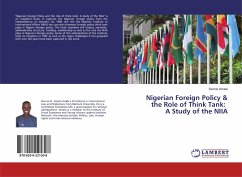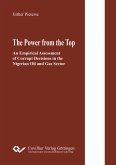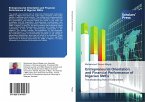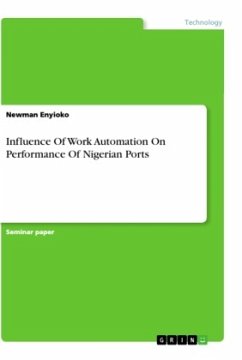This book combines descriptive, technical, empirical, policy evaluation, and forecasting methodologies to provide a systematic analysis of the the Nigerian economy--the largest and most dominant economy in sub-Saharan Africa. The author develops and tests an integrated macroeconomic input-output model of the economy's workings, using it to explain Nigeria's recent economic growth and development and to forecast the country's future growth prospects. The model also enables Oshikoya to provide a source of information on estimates of the structural parameters of the Nigerian economy; to evaluate the role of government policy in determining general levels of economic activity; to study the relationships among the major economic variables and the determinants of their magnitudes, composition, and rates of change over time; and to examine the impacts of such factors as fluctuations in the world petroleum market, technological change, and external debt accumulation on economic growth in Nigeria. An ideal supplemental text for courses in development economics, this volume will also be of significant assistance in the design, formulation, and evaluation of macro-policy initiatives, forecasting, and development planning for Nigeria. Following an introductory overview, the author provides a detailed descriptive analysis of the Nigerian economy, focusing particular attention on its basic structure and the policies and events which have contributed to recent growth. He then provides a theoretical model of the Nigerian economy and presents an econometric estimation of the input-output model. A separate chapter demonstrates the model validation techniques used in the study and evaluates the tracking ability of the complete model in a historical context. Finally, the author projects growth patterns for the Nigerian economy from 1984 to 2000 and offers an extended discussion of the impact of external borrowing on the economy's current and future growth prospects. In his conclusion, Oshikoya points to the need to adapt empirical models to the special conditions of developing countries and calls for such policy suggestions as a stabilization fund to minimize the impact of cyclical oil revenue patterns on the economy, a higher priority for investment in agriculture, and a relaxation of external debt constraints.








